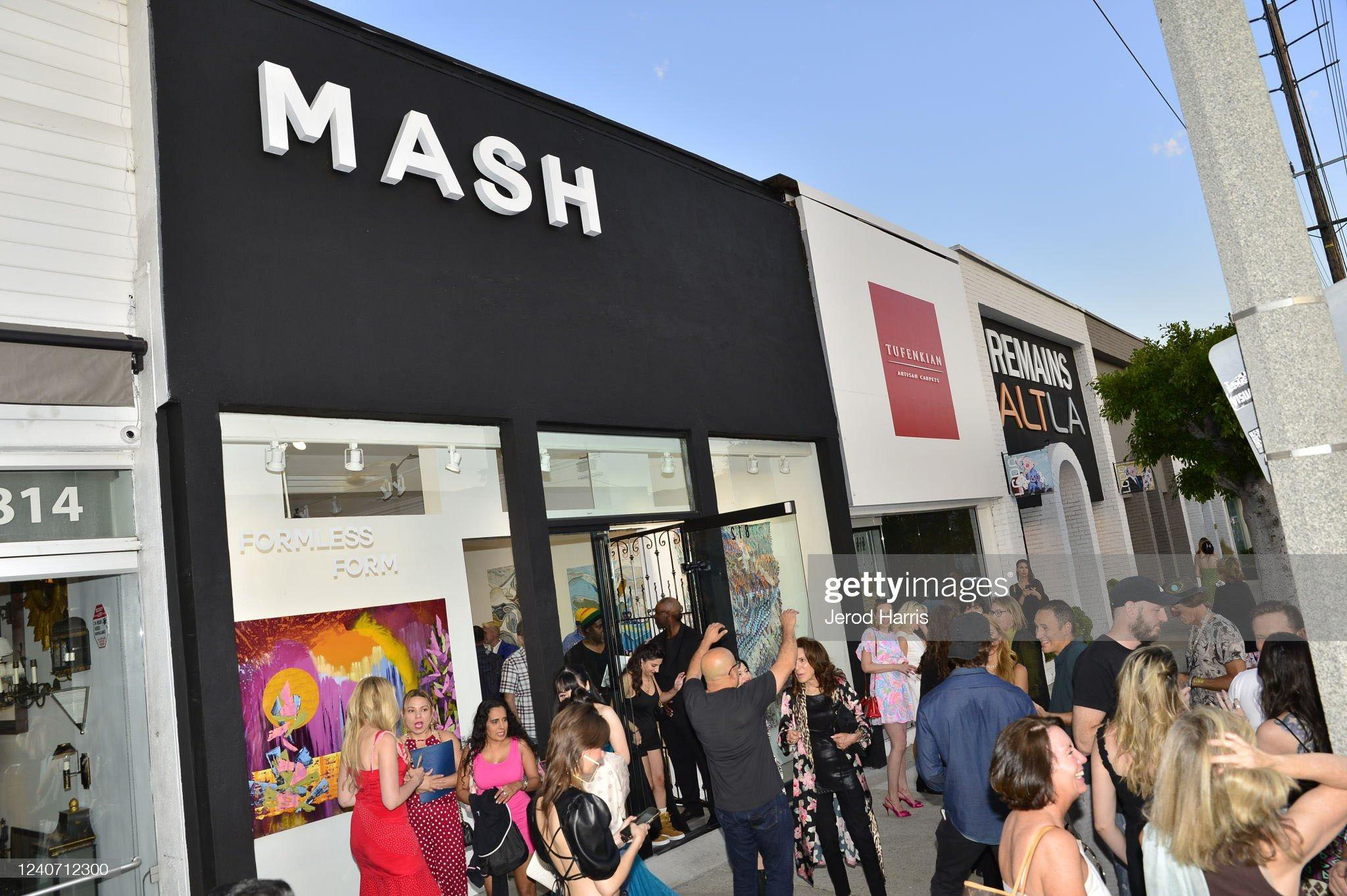
In the shadow of the La Cienega incline to Sunset Boulevard is a contemporary art gallery that has become one of the hottest spots for art showings in Los Angeles — The MASH Gallery. On April 25, the MASH Gallery is holding a group exhibition of female Jewish artists as a fundraiser to for female survivors of trauma and sexual violence in Israel.
Although Haleh Mashian opened the MASH Gallery in 2018, its roots date back to the pre-Islamic Revolution days in Iran. Born in Tehran, Iran, her first taste of the arts was playing the organ in her family’s home. But one day at age 11, Mashian’s father, an architect, came home from work and brought painting into her life.
“My earliest art memory is when my father came home one day and said, ‘I’m going to take you to a painting class,’” Mashian told the Journal. “It was out of the blue. I had never painted anything in my life. I was more musical. He took me to this Persian Jewish art teacher. I still remember the first painting that I did. It was a painting of a couple of trees intersecting. There was one pink and one was green. And then I did a portrait, a little portrait of this guy. It was small, and I was showing it to everybody.”
That class set Mashian on a journey that would become intertwined with her family’s experiences during the 1979 Islamic Revolution.
That year, her father, then 47 years old, was abducted by the Islamic government, never to be seen again. As life in Iran only got worse, Mashian and her younger brother fled Iran in 1986. They left behind their mother, who held out hope she may see her husband once again.
“We escaped with fake names … Every stop, the Islamic Jihadists would come with their guns in our faces,” Mashian said. They fled across the border to Turkey and across Europe before finally reaching the United States in 1987. They settled in Irvine, where art took a back seat as Mashian pursued her education in finance and real estate at USC.
As the years went on, she built a family. She married Bryan Mashian, a lawyer, in 1991. They had son in 1996 and a daughter in 1999. During this time, Mashian’s enthusiasm for art never waned. The pivotal moment came in the last decade when she was at a meditation retreat.
“I saw this image of myself sitting in my studio painting all day alone,” Mashian said. “It felt very alone and lonely and not in a good way. Being alone is not bad, but it had this very lonely quality to it. I knew that I don’t want to do that, I want to open a gallery, I want to show my work. I want to show everybody else’s work. I want to be with like-minded people, have an exchange of energy, commingle my life with what is out there. This world is all about people. It’s not about sitting in your cocoon.”
So in 2018, Mashian opened the first location of the MASH Gallery in the Downtown Los Angeles Arts District. After the pandemic put the kibosh on museum and gallery-going, the MASH Gallery adapted into doing outdoor events. In 2022, the gallery moved in a new location on La Cienega in the West Hollywood design district. The MASH Gallery has become a popular space for art showings, with over 400 shows to date.
“Every exhibition brings a whole new array of people,” Mashian said. “Some locals will come back, some new people, but everybody has a smile on their face no matter what exhibition. To me, this is my contribution to my community — to be able to bring people to share, to express, to welcome.”
Multiple times in the interview, Mashian reiterated how much she enjoys providing a platform for other artists who have triumphed over hardship over their years.
“I take this opportunity at the gallery very seriously because being born in Iran, being a woman, being a Jewish person, you really didn’t have much, you didn’t have the freedom of expression,” Mashian said. “As a woman, as a Jewish person, as an artist, I feel that pursuing my creativity has been such a healing aspect of my life. I really take that as a big blessing because not only it gave me a voice to share joy and creativity with the world, I also gave a platform to other people of all kinds, women, different ethnicity, whatever people, everybody. And to celebrate art and not to think as art, as just a commodity, but as a form of expression that can bring the community together. I really feel very proud about it.”
“As a woman, as a Jewish person, as an artist, I feel that pursuing my creativity has been such a healing aspect of my life.” – Haleh Mashian
Mashian believes in the power of creativity as a healing force and a way to navigate the unpredictable challenges life throws at us.
“To me, art is a big factor in achieving a state of wonder and expansiveness, and to live fearlessly,” she said. All these years later, music still has a big part in Mashian’s life — she still composes music to this day.
“Every art series that I have has music composed for it,” Mashian said. “Creativity is not limited to one act. If you’re creative, which everybody’s creative in some way or form, it’s just a matter of bringing that quality to it.”
Music has rubbed off on her children, now in their 20s. Her son plays guitar and her daughter has dabbled in painting. And just recently, Mashian’s mother finally relocated to the United States to join her children and grandchildren in California.
“It’s very sad, my mom actually stayed behind [in Iran] because when they kidnapped my dad, they didn’t do it legally,” Mashian said. “It’s not like they came and said, ‘oh, you did such and such thing, we’re going to take you to jail.’ They just kidnapped him. And the ransom was a bunch of money. We don’t know what happened though. Then a couple of months later, my mom got the hint that they may have put him in jail. But they never officially said that he’s in jail. So she never saw him again. We never found out what really happened. But we know he went to jail. But they must have killed him there because now he would be like 90. So my mom stayed behind for a long time. She just moved to the United States a few months ago. She’s 80.”
Still, there’s a sadness that pervades Mashian’s family that permeates much of the art she creates.
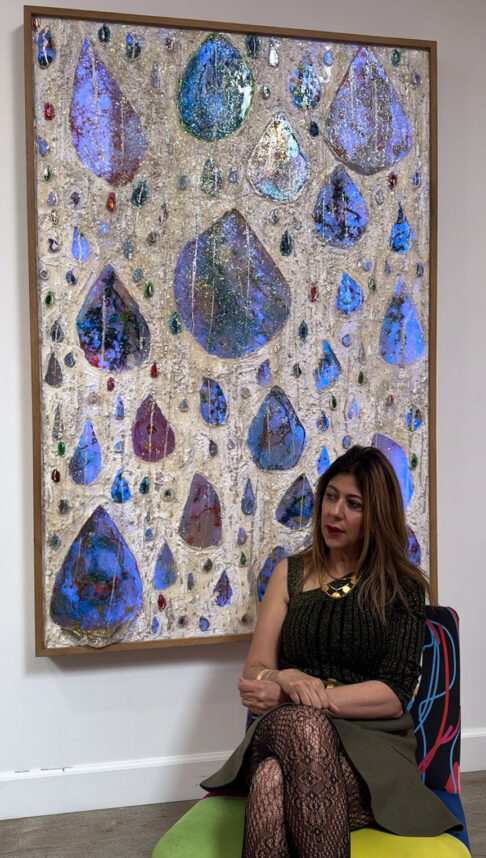
Our interview took place in front of a four foot by six foot painting made of resin, glitter and gel, titled “Tears of Joy,” There are alternating red, royal blue, and green lights behind the tear drops. The tears series is important for her, as it comes from a crying meditation she did, where participants were encouraged to cry for an hour. The whole idea is that your tears are your most precious belonging, because they make you feel better. In this painting, the tears are depicted to look like jewelry. Mashian said it’s to “symbolize that through crying meditation and the emptiness that follows is really a form of healing and ecstasy.”
While describing “Tears of Joy” with the lights alternating behind it, Mashian spoke more about her mother.
“She’s a very strong woman, what she had to go through,” Mashian said. “My dad was not a political figure. He was an architect minding his own business. But some people don’t understand that, I guess. I’m so triggered when I see these idiots come on the screen and they’re for Hamas. Do you have any idea who supports this? People, do you have any idea that the Islamic Revolutionary Guard, the Islamic regime, is behind this? If they come here to the United States, you have no rights whatsoever. I’m getting very triggered throughout this.”
In the wake of the Oct. 7 attacks, Mashian put together the gallery’s latest exhibition in conjunction with the Iranian Jewish Women’s Organization. On April 25, the gallery will open a charity art exhibition of female Jewish artists, “Women of Valor: In The Land of Milk and Honey.” Proceeds from the ticket sales to the event will benefit women victims of trauma and sexual violence in Israel.
The Journal asked Mashian a few more questions about her art and creative philosophy. The conversation has been edited for length and clarity.
JEWISH JOURNAL: You connected with someone recently who knew your father in high school. What did he say about your father?
HALEH MASHIAN: He said ‘your dad was the most positive person. He was so intelligent. And he would say he always had a smile on his face,’ which I see that same smile on my son’s face. It was very interesting. But just how highly he spoke of it was just such a sweet connection that somebody knew my dad like that. So many people that knew my dad, when they see me, I hear nothing but good words about him. And to me that’s an honor. And in a way, when I honor that 90-year-old artist, in a way it was honoring my relationship with my father and honoring him because that he was a connection. It was just full circle.
JJ: You talk about ‘going into the unknown’ a lot with your art. Can you elaborate on that?
HM: You’ll never lose by going into the unknown because you always grow. And that’s the whole purpose. If you’re here to grow, if you don’t grow, because a lot of people think that if they can stay the same, nobody stays the same. You either go forward or you go backward. So in order to go forward, you always have to go into the unknown.
JJ: How has your art evolved over the last 37 years in California?
HM: When I look at my original paintings, I think they were tighter and they weren’t as expressionistic. And most of the time, I had a model or something to work from. But I have moved more towards imagination and more conceptual. I feel more freedom. And I use a lot more materials in my work. I became more of an expressionist painter by using mixed media. I didn’t used to use so much mixed media, but to me, the materiality and the texture and the three dimensionality of an artwork has become a lot more part of my art. I use some [electronic] lighting not only in [“Tears of Joy” and some of the other artwork] so I’m experimenting. I love to experiment with materials and convey a certain message or a certain thematic work, but it’s moving more towards a sculptural feeling as opposed to just flat.
JJ: Tell me more about how music ties into your paintings.
HM: Oftentimes, I’m very inspired by the resemblance between color theory and music theory, because they do cross. When you see all these harmonic chord progressions, it’s kind of like color theory. They make sense. There is a law that governs all of them. And then if you know it, then you can break it and you create interesting music because you know the color, the music theory, and you can create dissonance. You can put all these amazing chords together and create new sounds, same with colors.”
JJ: You seem like the kind of parent who threw amazing art and painting parties for your kids’ birthdays.
HM: Yes, for my kids, of course. We used to, all four of us, my husband and both of my kids on Saturdays, we’d go to Brentwood Art Center. We all take classes together. It was like a family outing. It was a big part of our life. I would tell them that this is the best gift you can give to yourself. Only you and your happiness, do not rely on anybody else. It’s a private time with you. We can learn how to enjoy ourselves. We can be more of a blessing to other people when we are with them. Because if you learn how to be with yourself, then the rest is icing on the cake.
The “Women of Valor” charity art show is on Thursday, April 25th at 5:00 p.m. at the MASH Gallery. For more information about upcoming exhibitions at the MASH Gallery, visit the website: https://www.mashgallery.com/







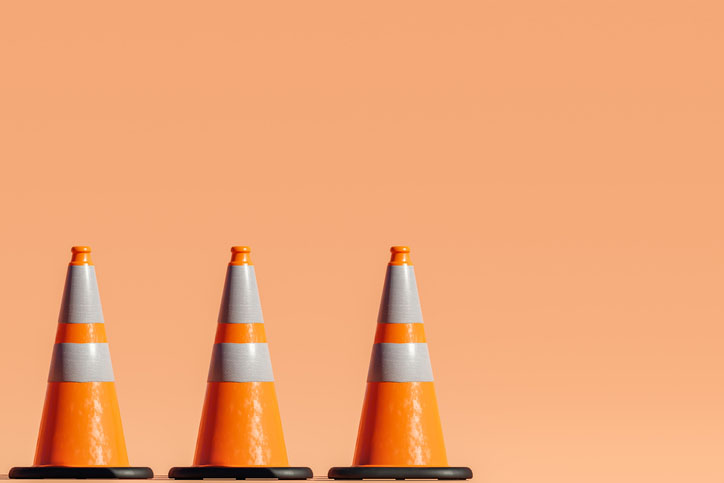

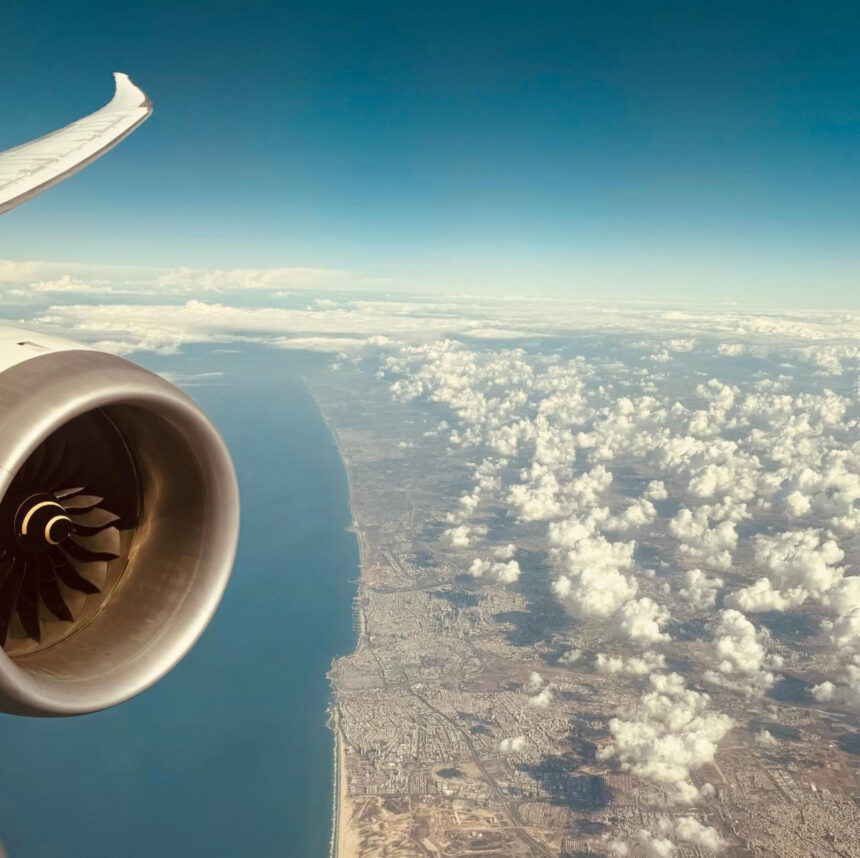
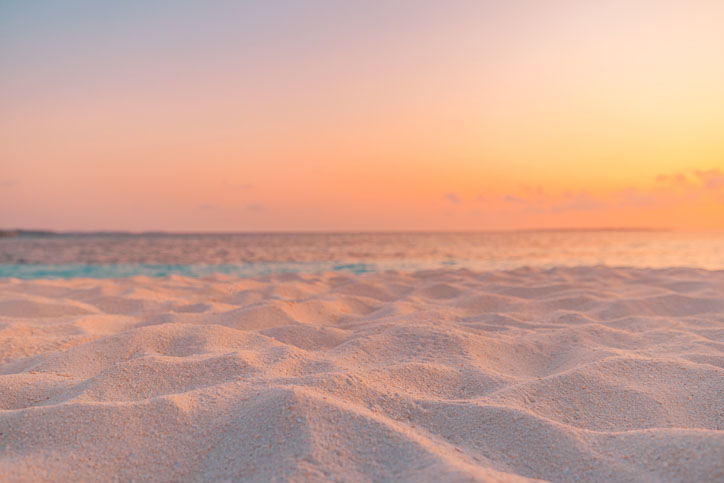
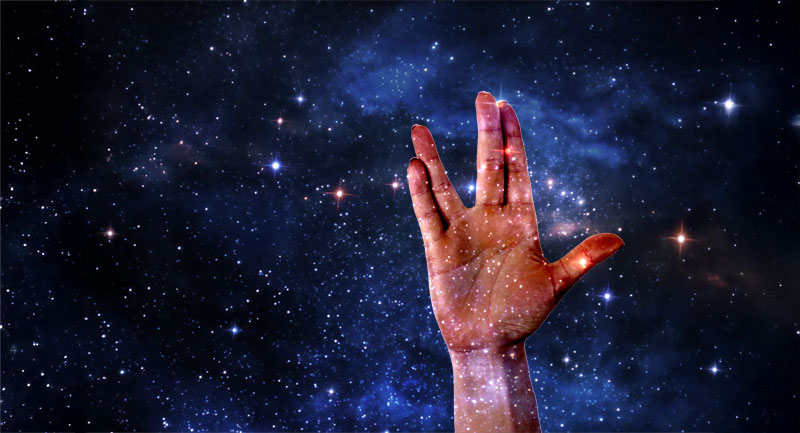
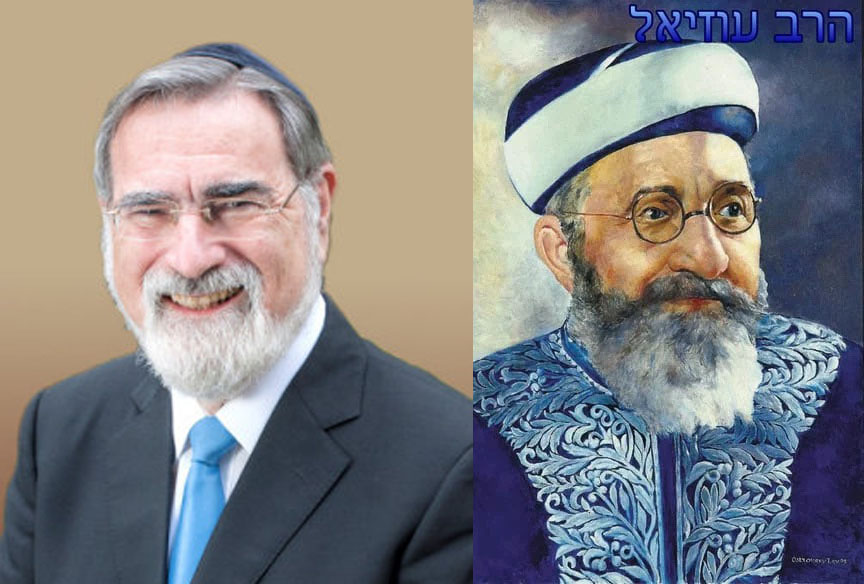
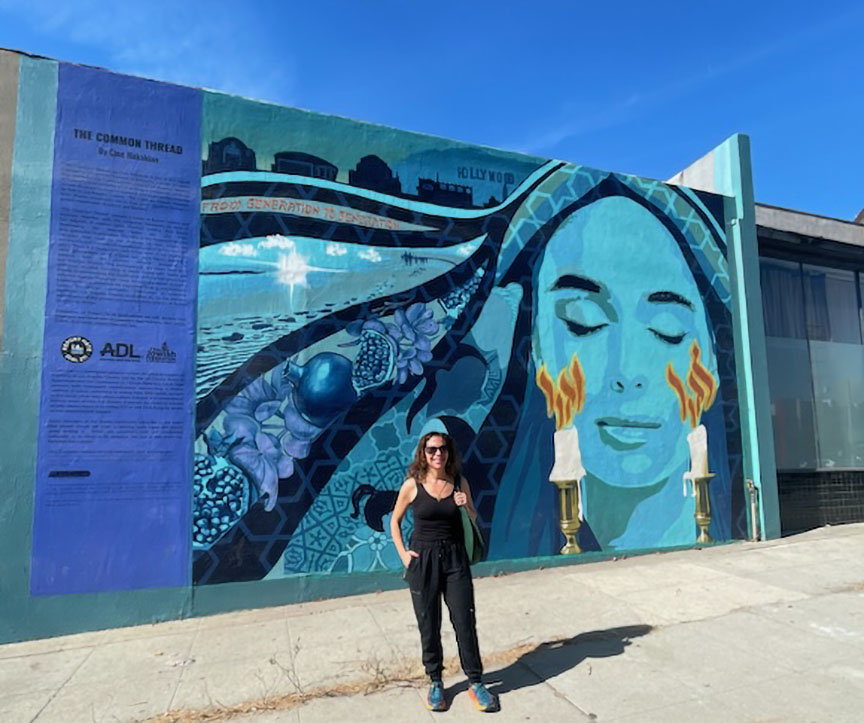
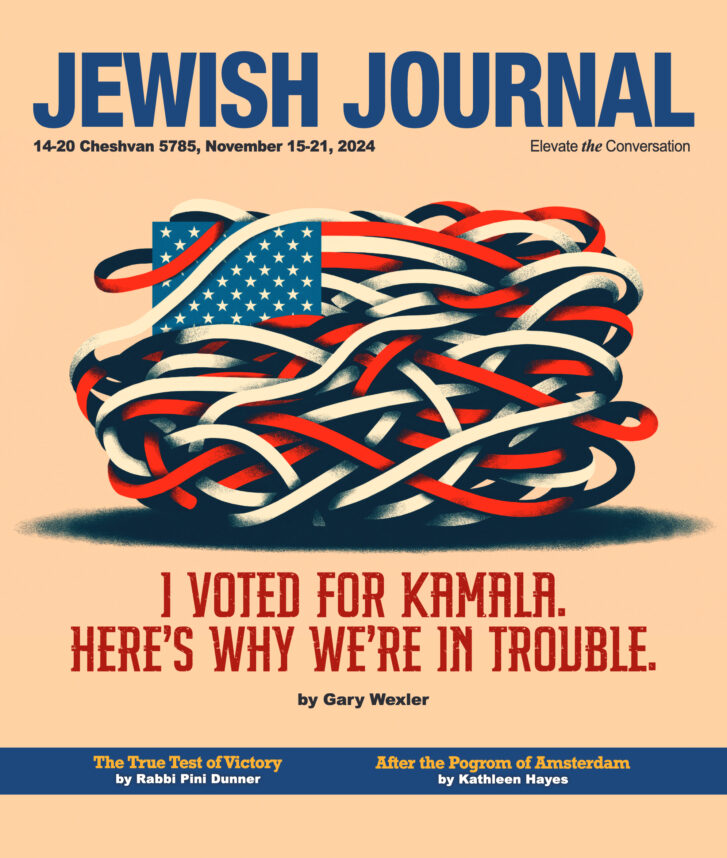
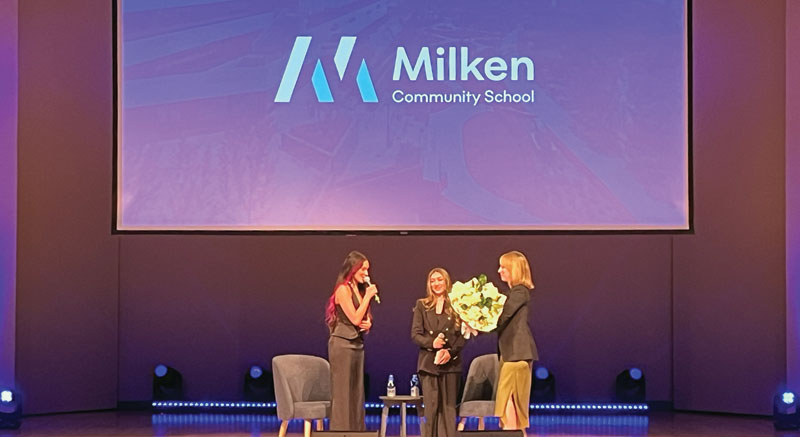
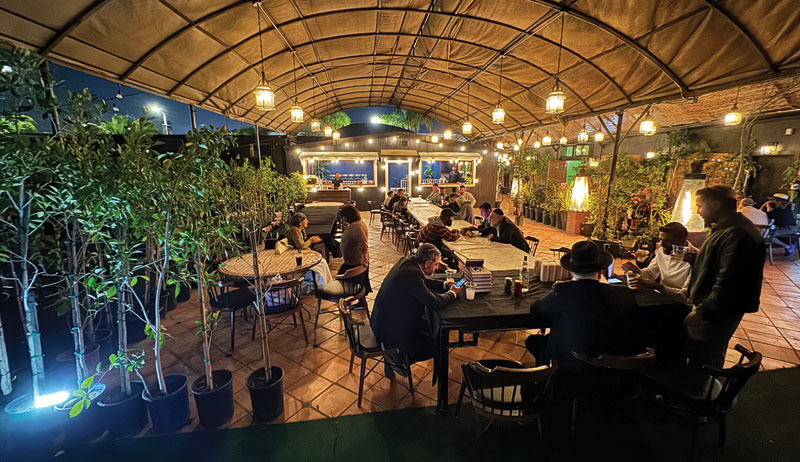





 More news and opinions than at a Shabbat dinner, right in your inbox.
More news and opinions than at a Shabbat dinner, right in your inbox.